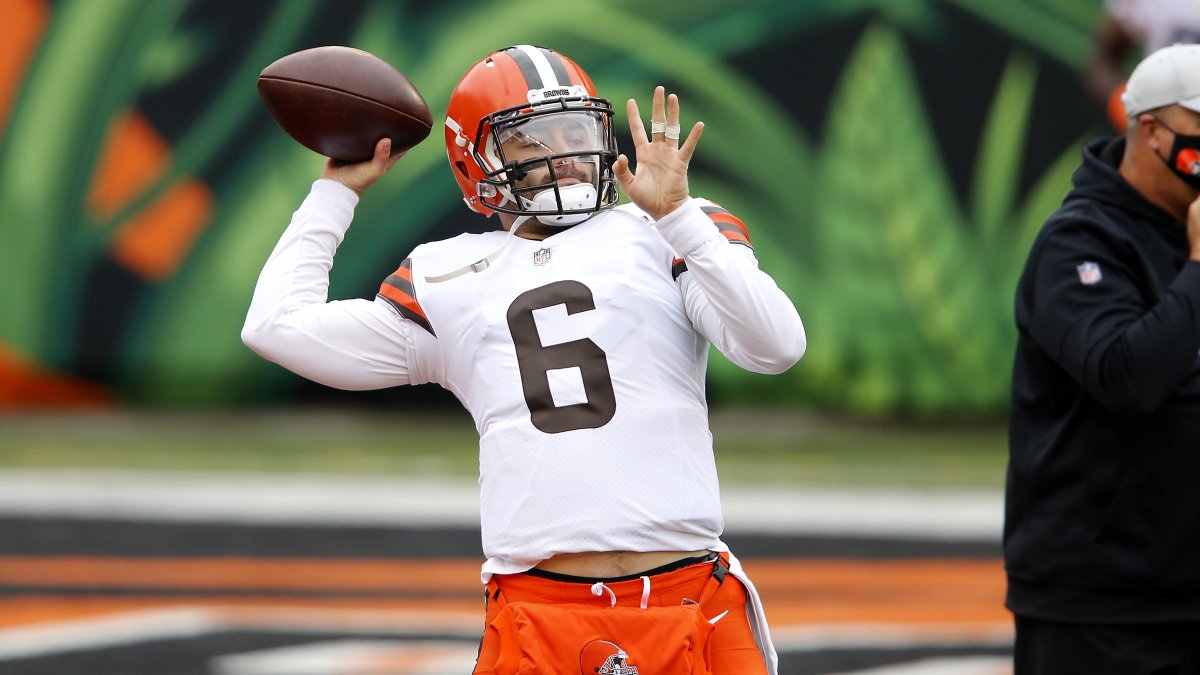Imitation is often the sincerest form of flattery. PFF's Eric Eager presented an approach to betting interceptions based on PFF’s turnover-worthy play rate last week, and we now turn to passing yards.
Initial research stemmed from the idea that there are often statistics that help us understand and measure the underlying processes behind a result better than the result itself. This idea can be easily extended to other categories outside of interceptions to better project and evaluate future prop betting markets.
The interception player prop is the perfect starting point because almost all instances occur at a 0.5 line. The price provides the implied probability, as the line rarely deviates. The binary nature makes the outcome feel dependent on one fluky play as a modest monetary swing hangs in the balance.
Other prop categories resemble more of a normal distribution, or a bell-shaped curve, due to the repeated addition of things that are less infrequent. The opposite category from interceptions is passing yards, the process of accumulation that can start with the same approach but never results in the ending outcome being decided by one play.
Subscribe to
PASSING YARDS
The first step in determining what matters when predicting passing yards is to establish the base rate, whether it's a season-long or week-to-week prop. This is done by using prior passing yardage history to try to predict future passing yards.
Similar to interceptions, this is a solid initial approach, as the year-to-year correlation in passing yards is r = .34 (min. 100 dropbacks each year).
Exclusive content for premium subscribers

WANT TO KEEP READING?
Dominate Fantasy Football & Betting with AI-Powered Data & Tools Trusted By All 32 Teams
Already have a subscription? Log in


 © 2025 PFF - all rights reserved.
© 2025 PFF - all rights reserved.